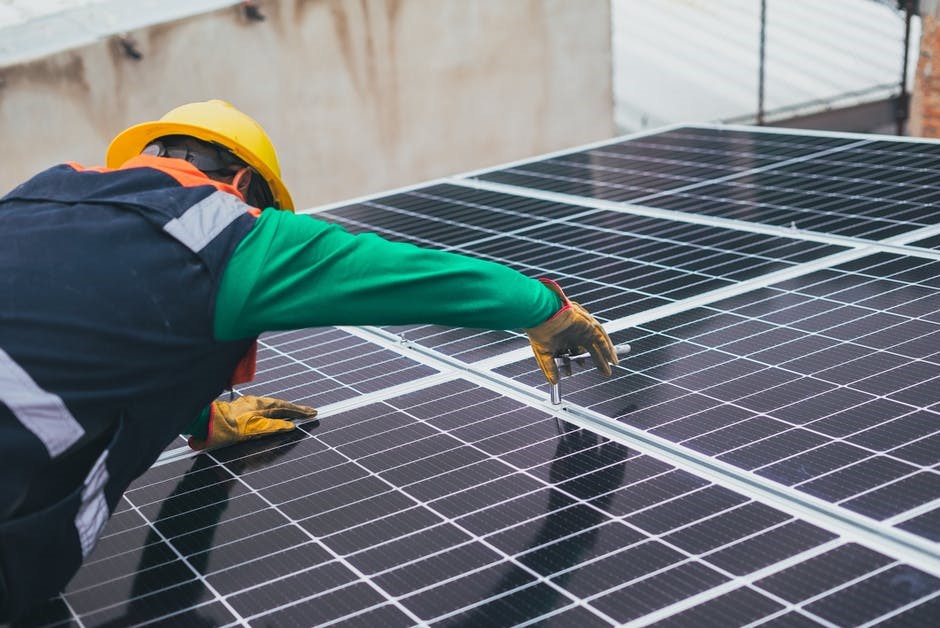While renewable options haven’t overtaken fossil fuels as the world’s number one energy source, there’s good news for consumers looking to go green.
Thanks to increased production, government subsidies, etc., wind and solar costs have decreased considerably. Solar installations, in particular, will see a sharp increase in the next five years. That’s because prices are becoming more and more favorable to commercial and residential consumers.
Solar power developments are also on the rise. These include green hydrogen technology and better PV panel efficiencies (e.g., bi-facial solar panels).
Here, we’ll discuss bi-facial solar modules and their advantages over mono-facial solar panels.
Bi-facial Solar Panels: The Basics
Traditional solar panels are mono-facial. That means only one side can produce power. Meanwhile, a bi-facial solar panel generates energy from both sides of the module. Manufacturers claim an increase in energy production by up to 30%, just from the extra power produced from the panel’s backside.
Like mono-facial panels, bi-facial ones can be installed on the roof or the ground. However, they require a highly reflective surface (i.e., white TPO roof).
As for designs, bi-facial solar panels can be framed or frameless. They could also come with either monocrystalline or polycrystalline cells.

Some Advantages of Bi-facial Solar Panels Explained
Now, if you’re thinking how a 30% increase in energy isn’t that much, consider how some homes don’t have enough space for a roof- or ground-mounted solar energy system.
Here’s where bi-facial modules trump mono-facial ones. With a bi-facial solar system, you don’t need the same number of panels to achieve what a conventional mono-facial solar array produces. Fewer bi-facial modules will do the job.
Other advantages of bi-facial panels are durability and energy production, even during bad weather. You see, bi-facial modules use tempered glass, making them a better option for places often hit by hail storms. They also work at all angles, unlike mono-facial modules with specific installation angle requirements for better efficiency.
Should You Go for Bi-facial Modules?
While bi-facial solar panels have advantages over standard modules, they’re not without disadvantages. If you check “bi-facial solar panel price” online, the costs might come as a shock to you.
The thing is, bi-facial technology is pretty new, and there are only a handful of manufacturers that produce bi-facial panels. Some people also find their weight somewhat of a deal-breaker. That’s because compared to mono-facial panels, bi-facial ones are about 15 to 20 pounds heavier.
If you feel your roof wouldn’t survive under the added weight, you can ask a top solar company for their advice. Who knows, they could work out a setup that works for your roof and your energy needs.
Are You Ready to Go Solar?
Switching to a renewable energy source like solar is a big decision, so don’t feel you have to hurry when finding installers, solar brands, etc.
Knowing about bi-facial solar panels is fantastic, but don’t stop here. Be sure to check out our other articles on solar energy so that you can be 100% sure about your investment.
For more tech, health, and entertainment news and updates, feel free to browse our site.
Read Also
DESIGNING YOUR DREAM HOME: A GUIDE
